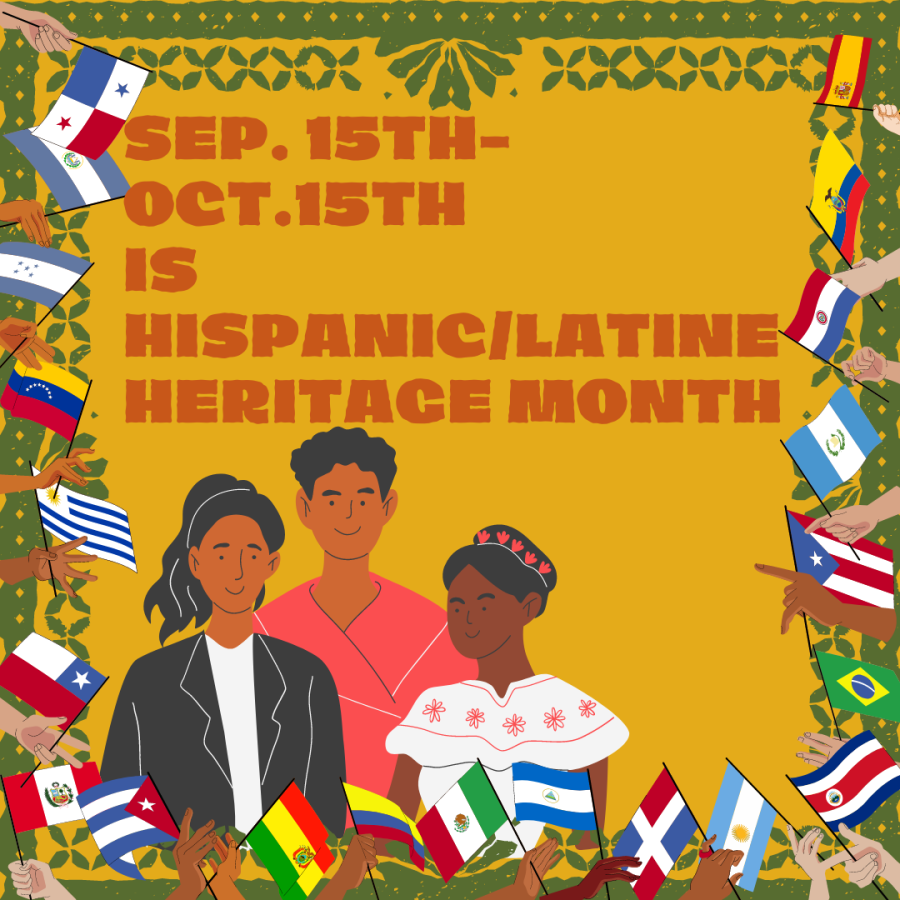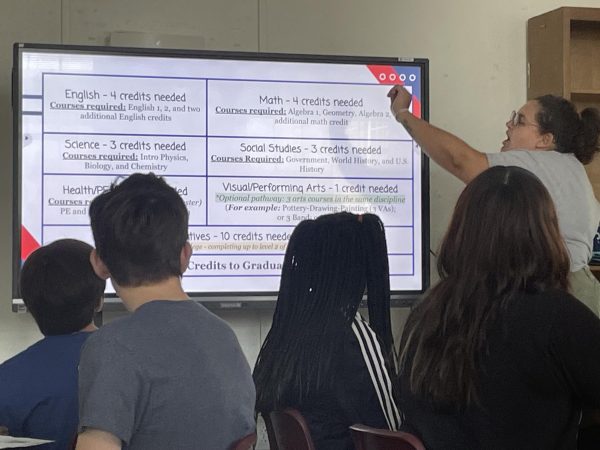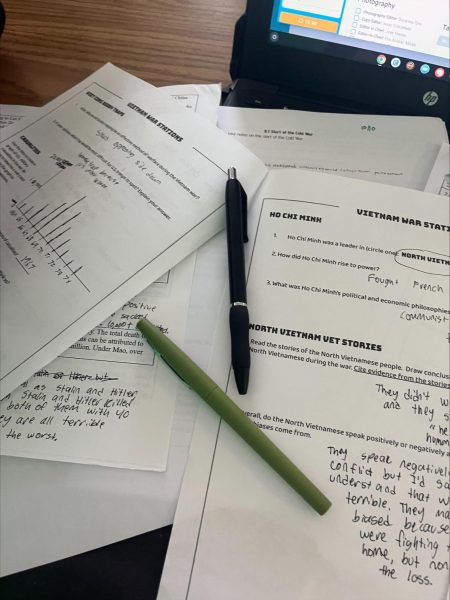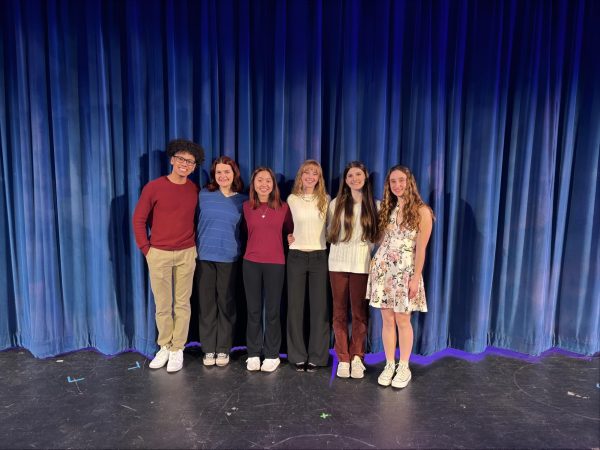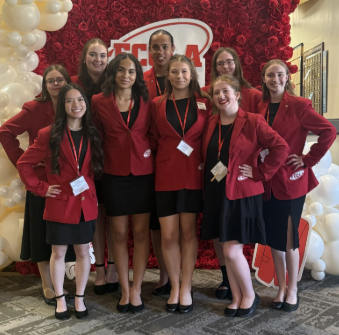Hispanic/Latine Heritage Month: A Place in Our Lives
Hispanic/Latine Heritage Month is a celebration of all Latine people, from every country and all cultures.
Hispanic/Latine culture has always been an elemental part of our collective lives, history, and culture. That is why it is crucial to learn about Hispanic/Latine Heritage Month, which spans from September 15th to October 15th. It’s a month to celebrate our different cultures and reflect on our past, present, and future. We can see the beauty in our ancestry and the pain caused to our community.
What exactly is Hispanic/Latine Heritage Month?
Hispanic/Latine Heritage Month is a month-long annual celebration of Hispanic/Latine heritage, a time to have pride in our culture. The month starts in the middle of September and goes to mid-October, which might seem slightly unusual. However, it was made this way purposely because of the many independence days celebrated across Latin and South America.
The day of independence of Costa Rica, El Salvador, Guatemala, Honduras, and Nicaragua is September 15th, the first day of the celebration. Mexico also celebrates its independence on September 16th and Chile on September 18th. Dia de la Raza, Indigenous Peoples Day, is also October 12th, celebrating the millions of indigenous people from all Latin and South American countries.
Hispanic/Latine Heritage Month started in June of 1968 as a commemorative week to celebrate advancements of the Latine Community in the United States during movements contributing to Latine civil rights.
During the 1960s, specifically 1968, there was unrest in East Los Angeles, California, over the mistreatment of Hispanic/Latine people, specifical students in schools. There was, and still is, a high Mexican/Mexican-American population in this area. Unfortunately, in schools, Hispanic/Latine students were physically punished if they spoke Spanish and were put in labor and industrial classes instead of being given academic classes and other opportunities to go to college.
They were also forced to act as school janitors by the administration as punishment. The mistreatment and lack of opportunity, along with the racism and discrimination students faced, angered many members of the Mexican community.
With the initiative of Sal Castro, a social studies high school teacher at East Los Angeles High School, they fought back against the horrible treatment. Beginning on March 1st, 1968, they organized peaceful walkout protests across East L.A. high schools, with support from parents of students and activists, like the Brown Berets, a Chicano civil rights and safety group.
The groups demanded an end to the mistreatment and more Mexican/Mexican-American teachers and history taught in schools. However, these peaceful protests were met with violence from the police, with arrests and the beating of many innocent people. While there was a lot of conflict due to these protests, it left a lasting impact of the history on Hispanic/Latine civil right protests. These demonstrations ignited protests for better treatment of Hispanic/Latine people, specifically Mexican/Mexican-American people, becoming one of the first acts of Latinx protest and resistance in the United States.
Unfortunately, the school board did not listen to their pleas and denied their demands. On March 31st, 1968, 13 organizers, including Sal Castro, were arrested and imprisoned for disturbing the peace. 12 of the 13 were eventually released, but Castro remained. They eventually petitioned to have him released and won, but it left him fired from his job.
Sal Castro was reinstated as a teacher through even more protests and pleas. While slow, reform to school policies eventually came. The protesting of all students, teachers, parents and supporters helped create a more inclusive and accepting school system, though we still have a long way to go.
Why is Hispanic/Latine Heritage Month so Important?
Hispanic/Latine Heritage Month is crucial to celebrating Hispanic/Latine identities, culture, and heritage. It celebrates every country in Latin, South America, and the Caribbean. Each culture is diverse and unique, one different from the other. Latine people are diverse, from their cultures to what they celebrate to how they look. Hispanic/Latine Heritage Month also brings attention to Afro-Latine and Indigenous Latin/South Americans. They often aren’t seen in general Hispanic/Latine community representation, even though they make up a big part of the community. They are important to Latine culture and deserve a place in our community.
It is a time for Hispanic/Latine people to take pride in our roots, sharing our stories and how we got to the United States. Over 18% of the United States population is Hispanic/Latine, with over 60.47 million people. Hispanic/Latine culture and inspiration are everywhere across our daily lives, from media to music to achievements, scientific, artistic, etc. Our cultures are beautiful, and we must celebrate them, even if we feel like we can’t or shouldn’t.
The United States is a place of opportunity where people from all over the world come for a better life. Some are seeking asylum, some jobs, others to be reunited with their families.
Many Latin and South American countries have been left decimated by the United States’ government and their political interference, taking advantage of resources in countries or crushing political movements that the United States saw as a threat. Due to so many countries left economically ruined and politically distraught, many migrants come from their countries to the US hoping for better work and living opportunities for themselves and their families. Many migrants come from Latin/South America and the Caribbean, making up over 52% of all United States population growth between 2010 and 2020.
What do Lafayette students think of Hispanic/Latine Heritage Month?
I had the opportunity to interview Grecia Lara Martinez, a Lafayette senior and a girl’s soccer team player. It was a good opportunity to hear what other Hispanic/Latine community members thought of Hispanic Heritage Month and what it means.
“It kind of means a lot to me since most of my family is Mexican,” Martinez states. “Our culture is so much more different than everybody else.”
I asked her if she was proud to be Hispanic in a majority white town and school. Lafayette High School only has a 13.2% Hispanic/Latine population, with Lexington having a 7.2% population.
“I’m proud to say that I’m a part of that Hispanic culture,” Martinez says. “Growing up, I saw how hard my mom was working and my whole family, and how hard it was to go through stuff, but at the end of the day, we went through it together.” Martinez also explained how her manners and ways of acting come from her culture and parents, which is common in the Hispanic/Latine community for customs to be intergenerational.
I also asked how Martinez and her family celebrate Hispanic/Latine Heritage Month.
“My family sometimes has a reunion in our house,” she said. “We have a big family. We invite my grandparents and aunts,” she continued. Big reunions are custom in all parts of Hispanic/Latine culture.
What can you do for Hispanic/Latine Heritage Month?
Even though you may not be Hispanic/Latine, you can celebrate this month, contributing to the community. You could educate yourself on Latine civil rights fights in the United States.
Some good pieces of Hispanic/Latine history to look into are the Zoot Suit Riots, and the fight for labor worker rights in the US. You could also look into different Hispanic/Latine cultures, history, food, folklore, etc. Not only individual country history, but also looking at Latine history in the United States and how they have impacted our collective history. It is also important to see how the United States has impacted South/Latin American countries and how they have hurt them.
Currently, there is a lot of protesting involving Abolishing ICE and Immigration reform, which highly affect not only Hispanic/Latine communities but migrants from all over the world. Listening to Latine, Afro-Latine, Indigenous and other POC activists and voices is so crucial for spreading awareness.
Finally, the easiest thing to do is to support Hispanic/Latine-owned businesses, big or small. Contributing to the community directly strengthens us as individuals and as a whole.
This month is for the Hispanic/Latine community to celebrate their cultures. This could be done through festivals or parades for certain countries, hosting a big or small reunion to have fun and celebrate. They also spread awareness and stories to others outside of the community, things you or people you know have gone through. This time is a time for Hispanic/Latine people to be proud, whichever way they feel comfortable.

